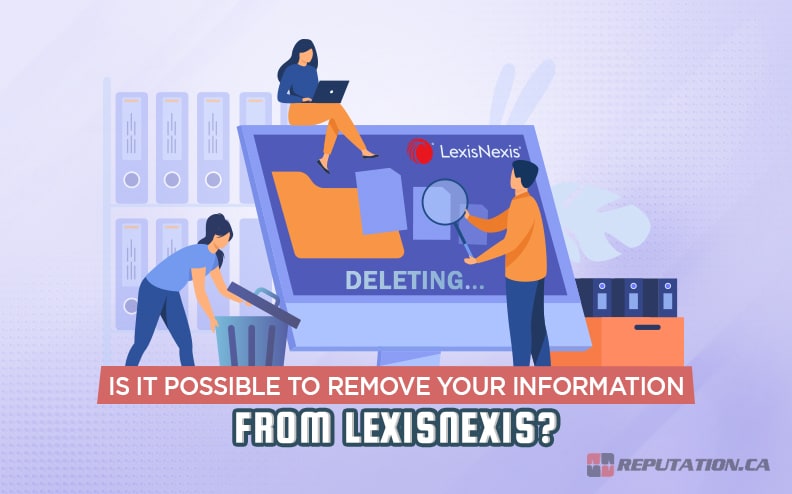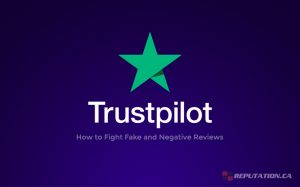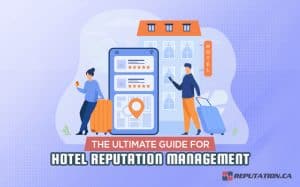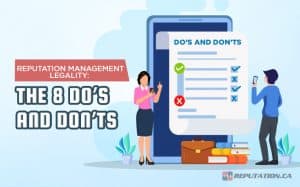We live in a society where information holds the greatest power over the individual. The more information there is about a person, the more power strangers have to use it against you. Currently, dozens of databases focus on providing personal and social information to the public domain on platforms that take minutes to access. What once required tireless research and searching through phone books and census data is now relegated to tapping a few keys on a keyboard to Google someone.
While most databases allow us to purge personal data, another form of information is a little more complicated: data about the legal status of an individual. Even law-abiding citizens have legal standing in society and might end up in court databases.
Anyone who signs a contract will leave a trace in publicly accessible databases for others to peruse as they see fit. Most of these databases lock this information behind subscription models so that only actual customers can acquire this data. One of the most well-known and well-respected sources of this information is LexisNexis.
LexisNexis stores the legal data of almost every American citizen and is one of the main tools used by attorneys. Unfortunately, some of the information stored on LexisNexis could be abused if the wrong people were to access the data about you. This begs the question of whether you can remove your data from LexisNexis’ database.
What is LexisNexis?
LexisNexis, for all intents and purposes, is a data broker that sells analytics and information about legal events in a person’s life. In 1970, the company known as LEXIS, which would later become LexisNexis, was founded as a subsidiary of the then Reed Elsevier company. It was originally conceived in 1956 by attorney John Horty, who was investigating computer-assisted legal research (CALR) to support his work on comparative hospital law. It was not long before Horty was overwhelmed by the volume of government data on hospital regulations across state lines and began working on a computer database to keep these regulations straight.
In 1965, 9 years after Horty began building his database, the Ohio State Bar Association was inspired by his work to develop the Ohio Bar Automated Research (OBAR) system. In 1967, the Ohio State Bar Association signed a contract with Data Corporation to implement the OBAR system as a defense tool. Only 1 year after Data Corporation incorporated the OBAR system, Mead Corporation went on to purchase Data Corporation and created the basis for what would become LEXIS.
Eventually, LEXIS would become LexisNexis and was marketed as a CALR system for attorneys across the country. LexisNexis has transitioned to Amazon Web Services and continues to operate as a CALR data broker for attorneys, banks, and other legal finance industries.
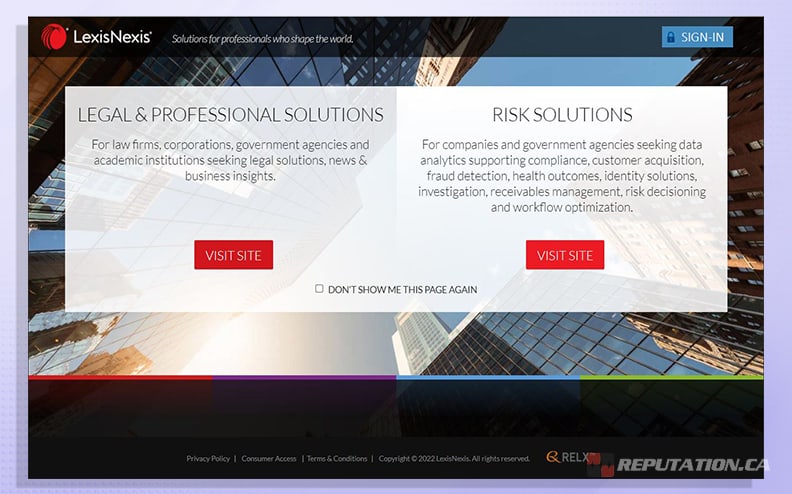
LexisNexis allows its users to access the following:
- Real Estate Transactions
- Bankruptcy Records
- Professional License Information
- Historical Addresses
- Lien Judgments
- Criminal Records
There are other details LexisNexis stores about American citizens, but these are most commonly searched by attorneys and financial firms with subscriptions. Unfortunately, LexisNexis’ services are not exclusively for businesses that use the information for professional purposes. Anyone can sign up for an account with LexisNexis if they can pay the subscription fee. The models for non-professional users generally have restrictions and free trials that enable users to access certain services without paying anything.
While LexisNexis’ databases are difficult to abuse, it is a potential issue you will need to consider if you want to avoid sensitive information falling into the wrong hands. This brings us to the question of how to remove your information from LexisNexis’ domain.
Can You Remove Your Data From LexisNexis?
Whenever someone’s personal data is made available on data broker websites, there will always be concern about removing that information so others cannot abuse it. One of the biggest issues with this information is that other people can abuse it in ways most people fail to consider. Namely, rogue personal data can negatively impact your personal or professional reputation.
Reputational damage can directly affect your ability to find a job or live your life free of criminal constraints. People who can access your data might misuse it to misrepresent you on a public platform or bring past mistakes to light that, in modern society, will likely be blown out of proportion. Even sealed criminal records can be exposed and used to destroy your public image and disrupt your life.
LexisNexis is not the only potential source of this issue, but it is a very relevant one that you must consider. While LexisNexis cannot remove all the information associated with your name, it can limit what non-authorized users can access.
While LexisNexis does offer the ability to opt-out, it is not the same as with other sources of personal data. While most websites that provide information about individuals do so for ease of communication, LexisNexis is primarily a CALR system that focuses on ensuring financial and legal institutions have access to the information they need. So, instead of offering a normal opt-out function, LexisNexis allows us to file information suppression requests.
These information suppression requests are designed to remove non-essential personal data that is inconsequential to their more advanced customers. Since LexisNexis caters to government institutions and legal firms, they cannot purge data important to those entities. They are also beholden to the Fair Credit Reporting Act, which can impact the information they are permitted to remove from their database. Some information is restricted to specific clientele to avoid sensitive information reaching unauthorized users.
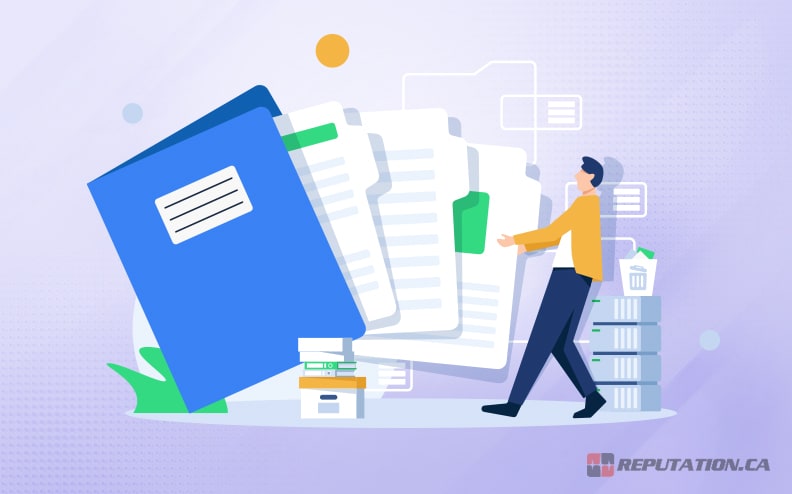
When you file an information suppression request with LexisNexis, remember that they cannot:
- Suppress personal information from databases used by law enforcement agencies that have retained their services (i.e., police).
- Suppress personal information from FCRA products except as required by state and federal law.
- Suppress personal information accessible via real-time gateways (i.e., news outlets or legal documents).
These restrictions only apply to information available through LexisNexis’ personal databases, and any suppression efforts will not extend to non-LexisNexis databases. So, other websites like Google and Whitepages will not remove information suppressed successfully on LexisNexis. If the information you are trying to suppress does not conflict with these restrictions, you will also need to provide certain documentation for LexisNexis to review, depending on the circumstance. These documents include the following:
- Identity Theft Victims: A copy of the police report filed over identity theft or any documentation confirming identity theft (i.e., a letter from your credit card company) along with an Identity Theft Affidavit.
- Law Enforcement Agents: A letter from your supervisor stating your position as a law enforcement agent exposes you to the threat of death or bodily harm.
- Other: Civilians who are at risk of death or bodily harm must submit a copy of a court protective order, police report, or similar documentation.
These documents help LexisNexis determine the potential risk associated with your information being available on their service. These documents can be sent via e-mail at privacy.information.mgr@lexisnexis.com or mailed physically to the address below:
LexisNexis Individual Requests for Information Suppression
PO Box 933
Dayton, OH 45401
However, the documentation only serves as supporting evidence for your information suppression request. You will still need to file the actual request through LexisNexis so the documentation can serve a purpose.
How to File a LexisNexis Information Suppression Request
Like most data broker websites, LexisNexis does not usually keep a big red button on its homepage that says, “Opt-Out Here.” Fortunately, you can easily access LexisNexis’ information suppression page by following this link: https://optout.lexisnexis.com and following the instructions.
Once you arrive at the opt-out page, you will be greeted with a brief welcome message and a red button that will allow you to advance to the instructions. Be sure to read the instructions carefully before moving on to the first step.
The first step is proving why you want to opt-out of LexisNexis’ services.
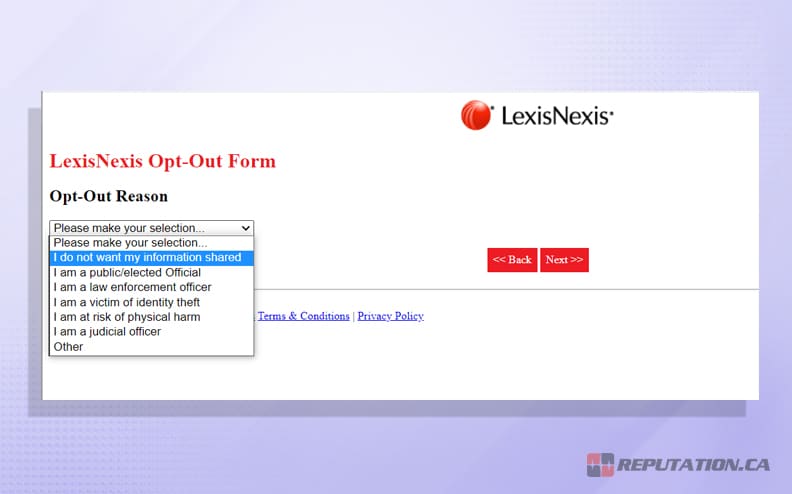
There will be a dropdown menu that will allow you to select from the following options:
- “I do not want my information shared.”
- “I am a public/elected official.”
- “I am a law enforcement officer.”
- “I am a victim of identity theft.”
- “I am at risk of physical harm.”
- “I am a judicial officer.”
- “Other.”
Each option you select, save for the first, will request additional information you must provide to justify the selection. For example, the options for law enforcement officers, elected officials, and judiciary officers will be asked to provide their titles and the agency they serve. On the other hand, victims of identity theft or those at risk of physical harm must provide the jurisdiction of their case and the incident report number. Finally, those who selected “Other,” along with the victims of identity theft and those at risk of physical harm, will be provided with a small text box to explain the context of their situation.
Additionally, any relevant documentation can be attached with this opt-out reason to expedite the process. Digital copies of police reports or employment records can be attached to provide the necessary context. After you have fulfilled the opt-out reason request, you will be asked to provide information about the subject of the request. You will be asked to provide your:
- First Name
- Middle Name (Optional)
- Last Name
- Social Security Number (Optional)
If you are filing for multiple people, you must click the red button beneath the data entry rows that says, “Add Person.” This will allow you to fill out their information after you have finished yours. After this, you will be asked to provide the following information:
- Address
- City
- State
- ZIP Code
As with the name, you can add multiple addresses if attempting to opt out for multiple people. There will be another red button that says, “Add Address,” so you can add another after the first. Once complete, the website will bring you to the final page of the opt-out form, where you will need to provide LexisNexis with your contact information. This includes your:
- Phone Number
- E-Mail Address
- Mailing Address (This can be any of the addresses you submitted earlier or a new address you would prefer the correspondence to arrive at.)
Once the contact information is provided, you only need to hit the red button that says, “Confirm Request,” and allow LexisNexis the time to review the request. The usual waiting period for LexisNexis’ opt-out system is 30 days. If your request has not been addressed within that timeframe, you might need to contact LexisNexis’ customer support service at (888) 285-3947 and inquire after your request.
Filing requests with data broker websites can be challenging when operating independently. Especially since there are so many sites that you might not know about yet. In situations like these, it might be prudent to call in reinforcements.
Take Your Reputation Back!
Despite the importance of websites like LexisNexis to law firms and banks, the information stored on its servers is still highly sensitive. The last thing you need is someone accessing this data and weaponizing it against you. Even though a lot of the information will be considered public data, it can still cause problems if the wrong people can access it freely. This abuse can impact you financially and legally, and cybercriminals can use the data to commit fraud under your name or even locate your home.
The biggest issue is that managing your reputation is difficult, especially if you have preexisting professional or personal obligations that limit your time to work on it. This has led to the rise of reputation management firms that can assist you in filing requests to websites like LexisNexis, so your public image remains unsullied.
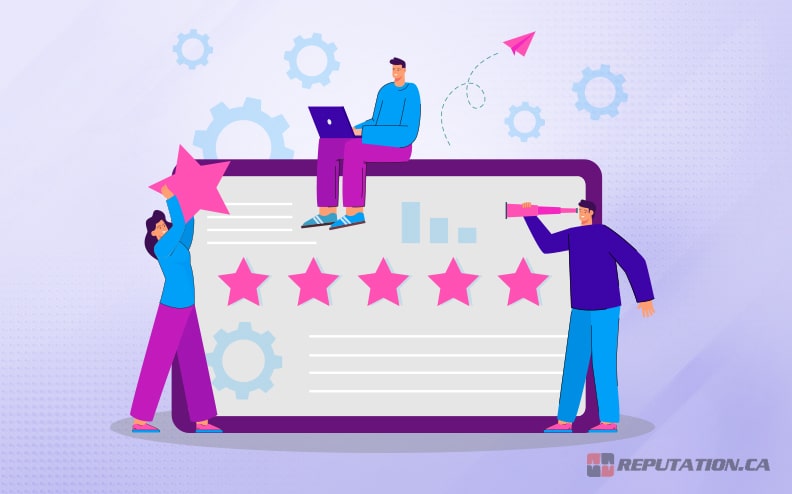
We at Reputation are one such firm based in Canada, and we have made reputation marketing our mission. With our services, we can file the opt-out request to LexisNexis on your behalf, among several other services like social media management. If you are concerned about how data broker websites might impact your reputation, we urge you to visit our website and assess our services for yourself, or simply reach out and contact us directly! Let us help you so you can take your reputation back!




